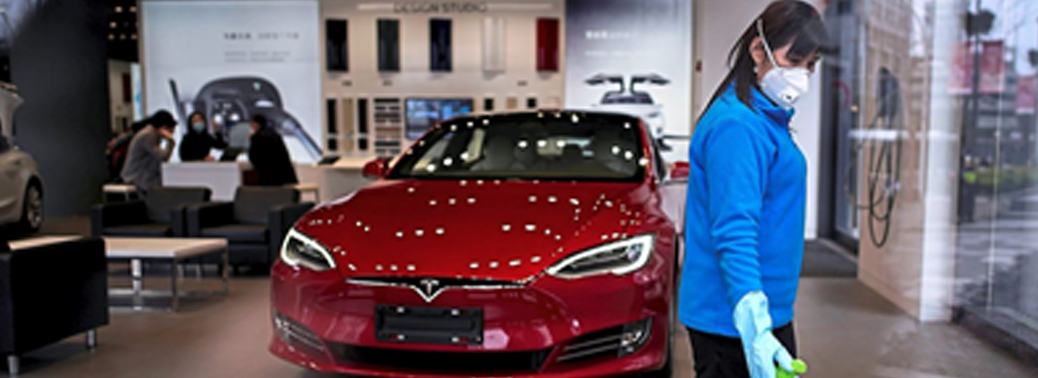DOUBLE TROUBLE FOR THE AUTO SECTOR
25, Mar 2020

Prelims level : Economics
Mains level : GS-III Indian Economy and Issues Relating to Planning, Mobilization of Resources, Growth, Development and Employment.
Context:
- The auto sector, which has been grappling with multiple challenges over the past year, is headed for tougher times due to the COVID-19 outbreak. Automakers and suppliers, struggling with muted demand, have shut production facilities both in India and overseas.
COVID-19 effect on Automobile Sector:
On the Demand Side:
- The duration and the extent of COVID-19 will determine the income loss of the consumers, and thus will have a bearing on the retail buying sentiment.
- The sector has shed over 37 per cent over the past month due to subdued demand.
- The virus threat have reduced the demand in the market
- The sector’s transition from BS-IV to BS-VI, has increased its cost.
On the supply side:
- The planned transition from BS-IV to BS-VI is not happening as smoothly as planned.
- The two-wheeler segment has been the worst-hit
- Given the curfew-like conditions, the BS-IV inventory cannot be sold to the consumers before the deadline of March, 2020.
- Auto makers are not expected to restart production till authorities relax the lockdown measures.
On the Workers:
- The government has instructed the industries to pay remuneration to the employees, during the times of COVID-19 lockdown.
- However, the MSME sector which employs a large section of the population, supplying goods and services to the automobile sector will be affected largely.
- Unorganized workers indirectly linked to the automobile sector will be affected due to the lockdown and the resultant Job Losses.
Future prospects for the Auto Sector:
- Two-wheelers and truck makers will be the worst hit from the sharp rise in costs due to new BS-VI norms.
- This COVID-19 may further weaken the sector due to weak consumer sentiment and low industrial production, rising uncertainty and slowdown in exports – leading to reduced transit of goods.
- Falling capacity utilisation, partial absorption of the BS-VI price hike, and impairment of the leftover BS-IV inventory are expected to affect the sector for yet another year.
- However, the sharp fall in raw material costs, on account of the global demand crash, is a positive sign for the future of the sector.
Way Forward:
- The rural automobile market, which is still under-utilized, shall be used as a growth focus to revive the sector.
- Proper relief to the workers shall help in sustaining the skilled workforce of the sector.
- In case of early withdrawal of the outbreak, a stimulus package to boost overall consumption, shall increase the demand.
- Government should come forward to extend the date for BS-VI implementation.
- A scrappage policy to replace the pre-BS-IV vehicles can boost the market and help revive the growth of the sector.






